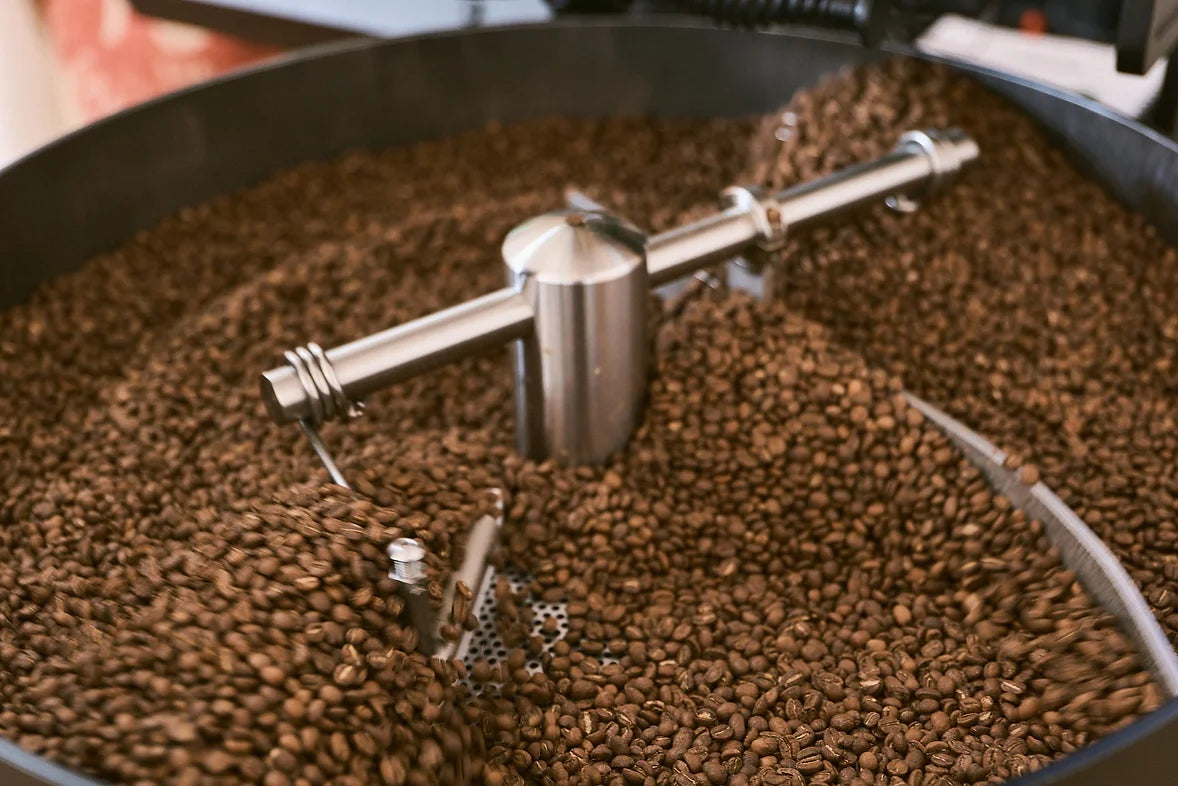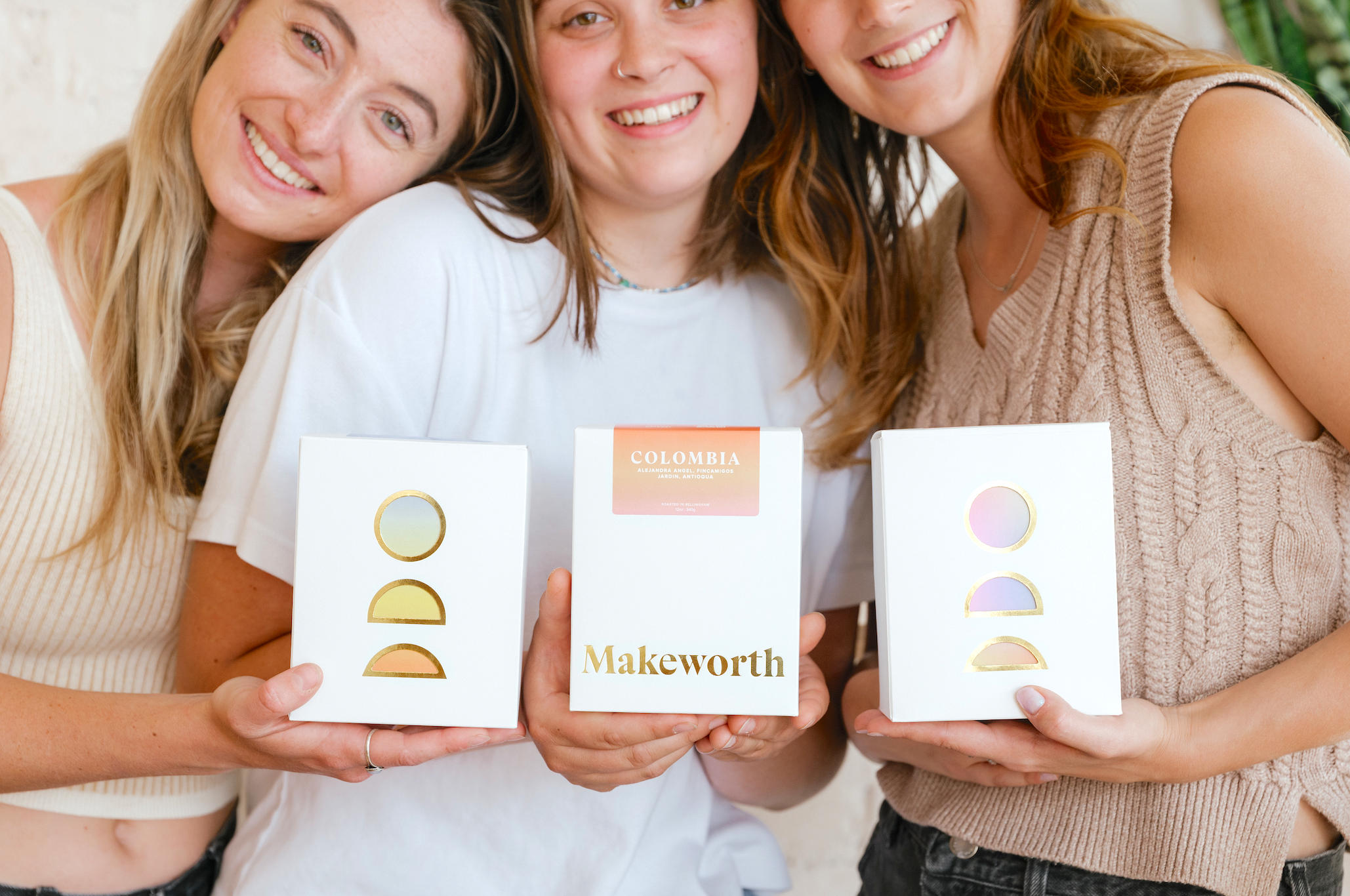Light, medium, dark... we're always hearing about roast levels in the coffee world. It can be intimidating if you don't know your preference, or even how different the taste can be. Let's break down this terminology!
Coffee roast levels refer to the degree to which coffee beans are roasted, which greatly impacts their flavor, aroma, and appearance. Typically, coffee is categorized as light, medium-light, medium, medium-dark, or dark. So what is the difference in each of these roast levels?
Dark roast and medium-dark roast are roasted for a longer time, allowing the sugars within the beans to further caramelize. Beans roasted to a medium-dark level have a rich, dark brown color and possess a more pronounced body, lower acidity, and a bittersweet flavor profile. Dark roast beans are roasted at high temperatures for an extended period, resulting in a more intense flavor profile and reduced acidity. They may exhibit notes of chocolate, caramelized sugars, and smokiness. The original characteristics of the coffee beans are often overshadowed by the roasting process.
Medium roast coffee beans have a slightly sweeter taste compared to light roast. Their roast time results in a balance between the bean's natural flavors and the roast's characteristics. Medium roast coffee has a moderate acidity, a fuller body, and a round flavor profile, with hints of chocolate, nuts, and caramel.
Lightly roasted beans are typically light brown in color, due to roasting for a shorter period of time at lower temperatures to preserve the bean's natural flavors and acidity. Light roast coffee tends to have a higher caffeine content, bright acidity, and a more pronounced fruity or floral aroma. Flavors in light roast coffee vary hugely, but they are known to be quite complex and reflect the natural flavors present in the coffee. Light roast coffee is growing in popularity, especially in the specialty coffee world!



